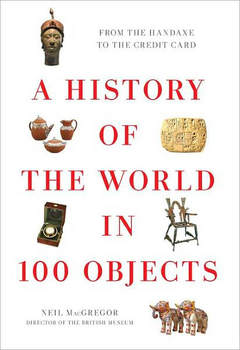- HOME
- INTRO TO THE FORUM
- USE AND MISUSE
- BADLY WRITTEN, BADLY SPOKEN
- GETTING
TO KNOW ENGLISH - PREPARING FOR ENGLISH PROFICIENCY TESTS
- GOING DEEPER INTO ENGLISH
- YOU ASKED ME THIS QUESTION
- EDUCATION AND TEACHING FORUM
- ADVICE AND DISSENT
- MY MEDIA ENGLISH WATCH
- STUDENTS' SOUNDING BOARD
- LANGUAGE HUMOR AT ITS FINEST
- THE LOUNGE
- NOTABLE WORKS BY OUR VERY OWN
- ESSAYS BY JOSE CARILLO
- Long Noun Forms Make Sentences Exasperatingly Difficult To Grasp
- Good Conversationalists Phrase Their Tag Questions With Finesse
- The Pronoun “None” Can Mean Either “Not One” Or “Not Any”
- A Rather Curious State Of Affairs In The Grammar Of “Do”-Questions
- Why I Consistently Use The Serial Comma
- Misuse Of “Lie” And “Lay” Punctures Many Writers’ Command Of English
- ABOUT JOSE CARILLO
- READINGS ABOUT LANGUAGE
- TIME OUT FROM ENGLISH GRAMMAR
- NEWS AND COMMENTARY
- BOOKSHOP
- ARCHIVES
Click here to recommend us!
TIME OUT FROM ENGLISH GRAMMAR
This section features wide-ranging, thought-provoking articles in English on any subject under the sun. Its objective is to present new, mind-changing ideas as well as to show to serious students of English how the various tools of the language can be felicitously harnessed to report a momentous or life-changing finding or event, to espouse or oppose an idea, or to express a deeply felt view about the world around us.
The outstanding English-language expositions to be featured here will mostly be presented through links to the websites that carry them. To put a particular work in better context, links to critiques, biographical sketches, and various other material about the author and his or her works will usually be also provided.
A kaleidoscopic world history through artifacts from the ages
Can the history of the world and its major turning points be adequately told though the stories of representative artifacts made by man over the ages from ancient times to the present? This is what Neil MacGregor, director of the British Museum, has attempted to do in his recently released book, A History of the World in 100 Objects (Viking Adult, 736 pages), which skillfully weaves the narrative and color photographs of each artifact into the story of the society that gave rise to it.

Taking a novel approach to history, MacGregor uses a selection of 100 surviving artifacts of civilizations in various parts of the world—all from the collection of the British Museum—to explain the evolution of humans and of civilizations, beginning with a chopping tool from the Olduvai gorge in Africa that dates back to some 1.75 million years ago and ending with an object from the 21st century to represent today’s world. “In this book,” MacGregor says in his introduction, “we travel back in time and across the globe, to see how we humans have shaped our world and been shaped by it over the past two million years. The story is told exclusively through the things that humans have made—all sorts of things, carefully designed and then either admired and preserved or used, broken and thrown away.”
Says the Economist of UK in its review the book: “The objects have been beautifully photographed, Mr. MacGregor’s voice comes through distinctively, and his arguments about the interconnectedness of disparate societies through the ages are all the stronger for the detail afforded by extra space.”
ABOUT THE AUTHOR:
Robert Neil MacGregor is an art historian and museum director. He was the Director of the National Gallery, London, from 1987 to 2002, and was appointed Director of the British Museum in 2002. He has presented three television series on art as well as the 2010 radio series “A History of the World in 100 Objects,” from which his book of the same title is based. From 1981 to 1987, he was the editor of the Burlington Magazine.






